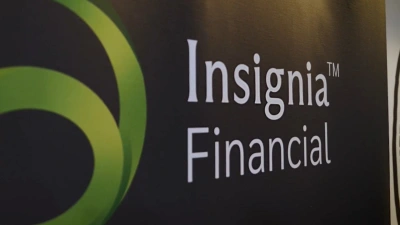More HNWs but growing unmet advice needs


The COVID-19 pandemic has fueled historical growth in the number of high net worth (HNW) investors but there is a growing array of unmet advice needs for HNW Australian investors, according to research.
Research by Investment Trends, commissioned by Praemium, found there was a 31% rise to 635,000 in the number of millionaires since a year ago at 424,000. These millionaires controlled $2.77 trillion in investable assets, up 37% from a year ago.
Prior to the pandemic, Investment Trends said the number of millionaires in the country was constant. There were 424,000 millionaires in Australia in 2017, 434,000 in 2018, 458,000 in 2019 and 488,000 in 2020.
However, the research found 13% of respondents said they were happy to use investment advisers, 52% said they were happy to use advisers only to validate their own thoughts, to gain access to a wider range of investments or for technical skills, and 33% said they did not use advisers at all.
During the past year, the percentage of HNWs using accountants for tax advice rose from 52% to 56%, while those using investment advisers fell slightly from 41% to 40%.
Praemium chief executive, Anthony Wamsteker, said there was a growing array of unmet advice needs for HNW Australian investors particularly in inheritance and estate planning, and strategies to reduce tax obligations. He also noted there was a reluctance from many of them to use investment advisers.
“This presents an opportunity for Australian investment advisers to help meet these needs via a holistic total wealth management experience,” he said.
“Articulating the value their advice can bring and adapting to provide HNWs with superior and sophisticated service and technology will help to meet the needs of this growing and important investor segment.”
Wamsteker also said the results of the research demonstrated the resilience of Australia’s wealthier investors but also the resilience of Australian capital markets.
“During the COVID-19 pandemic, Australian investors could have been excused for retreating into their shells a little with the share market bumping along the bottom for a while,” he said.
“But the research shows that Australia’s wealthiest investors are a very optimistic group. Once they got over the shock of the fall in the share market, they were happy to weigh back in. Their levels of optimism are much higher than they were a year ago.”
The research also found the top concerns among HNWs were COVID-19 at 45% (down from 68% last year), tension between the world’s major economies (43%, down from 53%), and another global market crash (40%, up from 37%). The two biggest drops in concerns over the year were concerns about the Australian economy (63% to 30%) and concerns about the White House administration (47% to 19%).
Exchange traded funds (ETFs) and cryptocurrencies were the two asset classes that saw the largest growth in uptake among HNWs over the past year. ETFs, listed investment companies (LICs), and real estate investment trusts (REITs) were the top asset classes among HNWs.
Recommended for you
A financial advice firm has been penalised $11 million in the Federal Court for providing ‘cookie cutter advice’ to its clients and breaching conflicted remuneration rules.
Insignia Financial has experienced total quarterly net outflows of $1.8 billion as a result of client rebalancing, while its multi-asset flows halved from the prior quarter.
Prime Financial is looking to shed its “sleeping giant” reputation with larger M&A transactions going forward, having agreed to acquire research firm Lincoln Indicators.
An affiliate of Pinnacle Investment Management has expanded its reach with a London office as the fund manager seeks to grow its overseas distribution into the UK and Europe.














